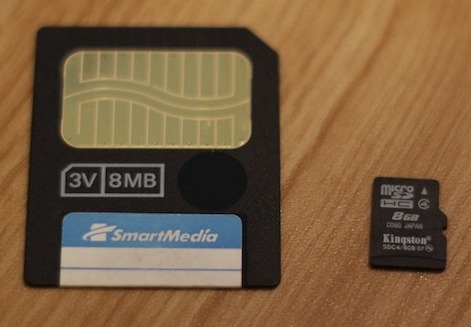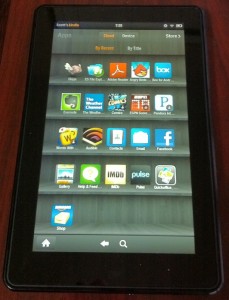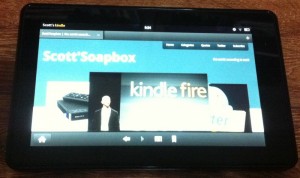Rumors are starting to fly furiously as the iPad’s impending launch approaches. With possible launch dates ranging from Feb 29th to March 7th, the wait is almost over. But this launch is unique from past years as Android has finally produced an actual rival for the tablet space. While the Amazon Kindle Fire is in many ways not in the same league as the King of the tablets, it did make an appreciable dent in Apple’s holiday sales to the tune of over a Billion dollars. So what does Apple need to do in the iPad 3 to stay the dominant force in 2012?
- Retina Display – The time for a HD display has passed and Samsung is trying to beat Apple to the punch with it’s own retina resolution tablet. I can attest to the eye fatigue induced from too much iPadding and with their latest play for the textbook market this is a no-brainer.
- Graphical Power – 4 times the pixels in a retina display demands 4 times the graphical power just to stay in one place. With ever more demanding games becoming a cash cow, expect this to increase by at least a factor of 8 or more. A faster CPU is in the works but a modest bump here is all that is needed to keep things snappy with an adequate GPU.
- Softer Edges – Literally. The tapered edges that make the iPad 2 seem even thinner dig into one’s hands rather quickly. Something that couldn’t have been lost on the majority of Apple employees using this product.
- Real Office Software – Look Pages, Docs To Go, Quickoffice and the like are merely passable. While the office software has improved since the original iPad, it is still sorely lacking. The first company to get this right will not only make a pile of cash in the student and enterprise market but will lock in users to the ecosystem of their choice. Oh only has to consider the history of Microsoft to see the importance of this issue. An iOS exclusive would put a boot on the neck of Android while the reverse could quickly break Apple’s near monopoly of the tablet space.
Finally a few things that would be great, but I doubt we’ll see from Cupertino.
- Matte Display – I realize the new Apple campus looks like a spaceship, but surely they have fluorescent lights in their current one. Is anyone else tired of being able to read their own hip T-shirt in the even the slightest of glare?
- iPad Specific Keyboard – I realize the standard Apple bluetooth keyboard works with the iPad but many of the OSX function keys at the top don’t. And really is it so much heresy to want functional arrow keys? Sometimes you just want to move the cursor a letter or two without playing tap-tap revolution on your screen to get it there. Seriously, when it’s easier to delete the last two words to just typed than to reposition the cursor to your typo – you have failed on the much vaunted “ease of use” mantra.
Again, I realize I’m tilting at windmills here, but I can’t help it.

 .
.

